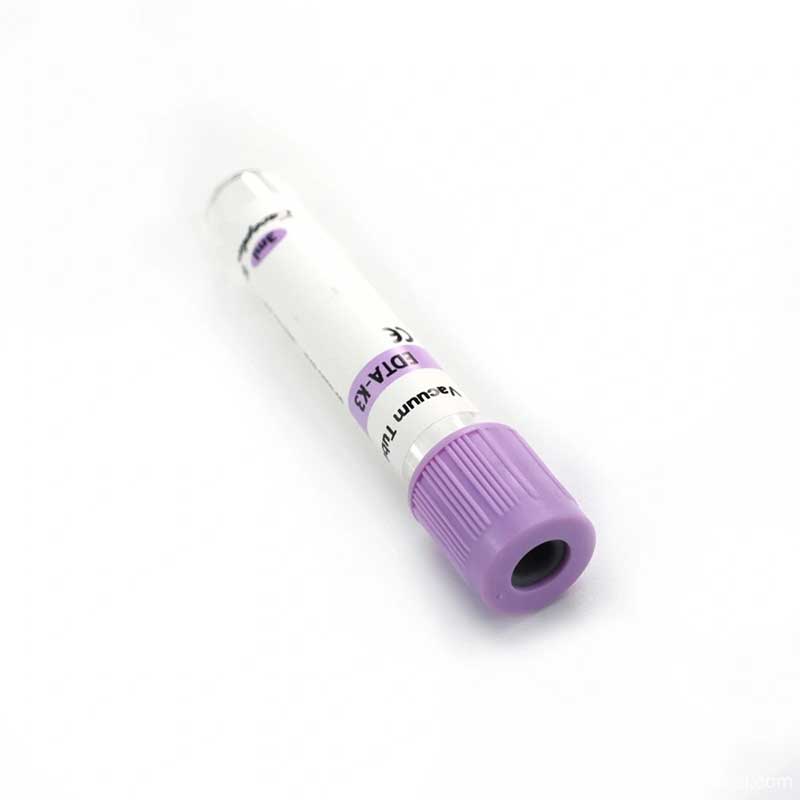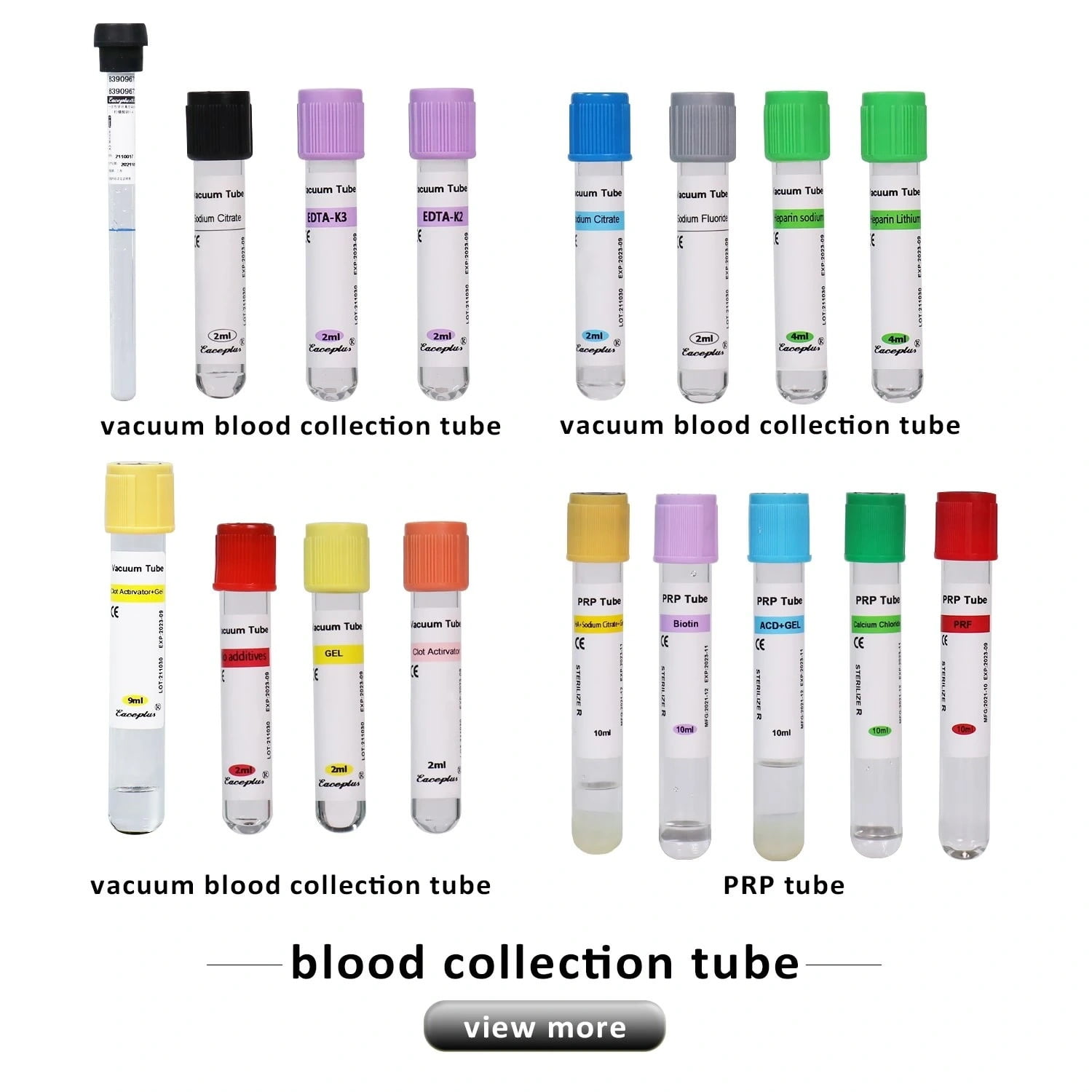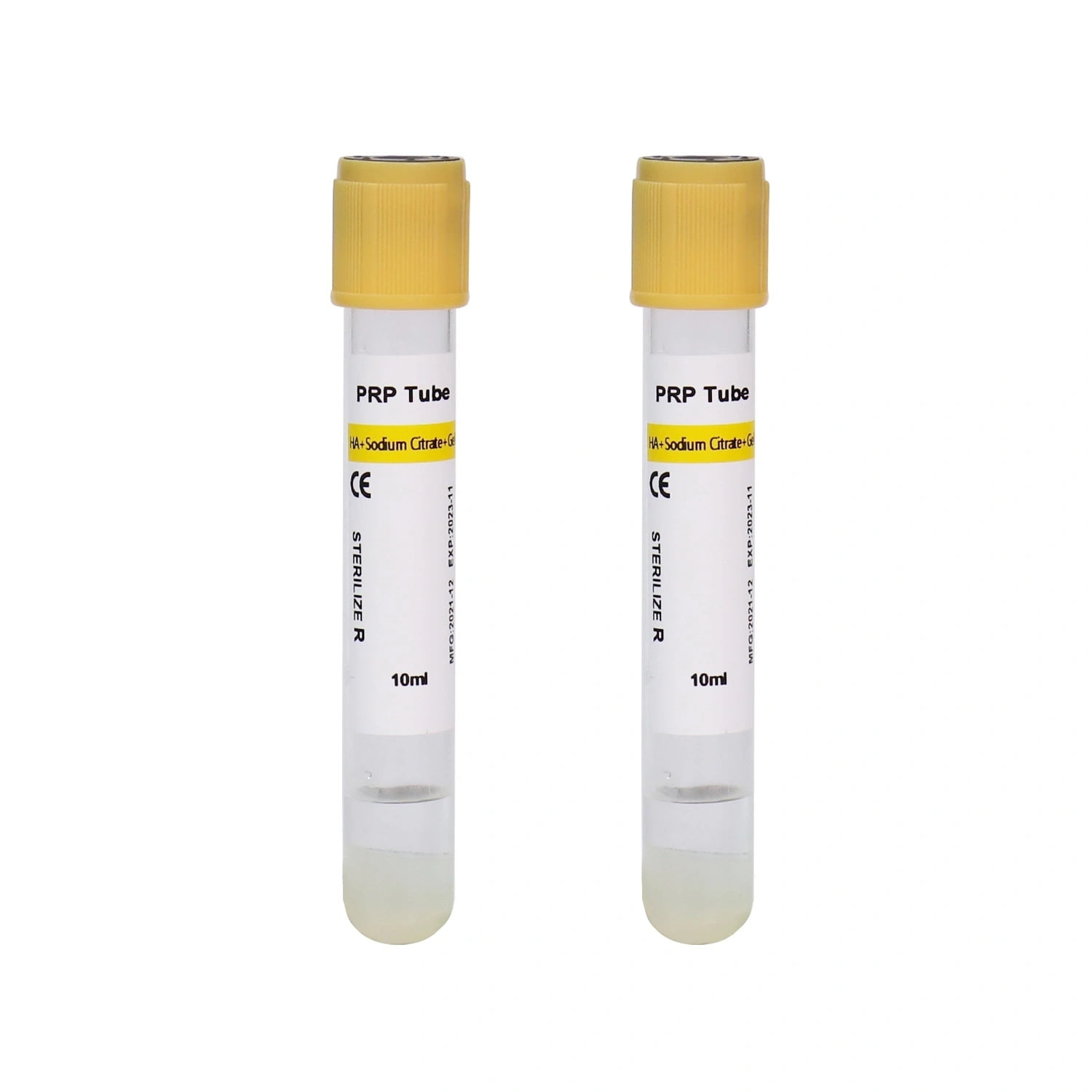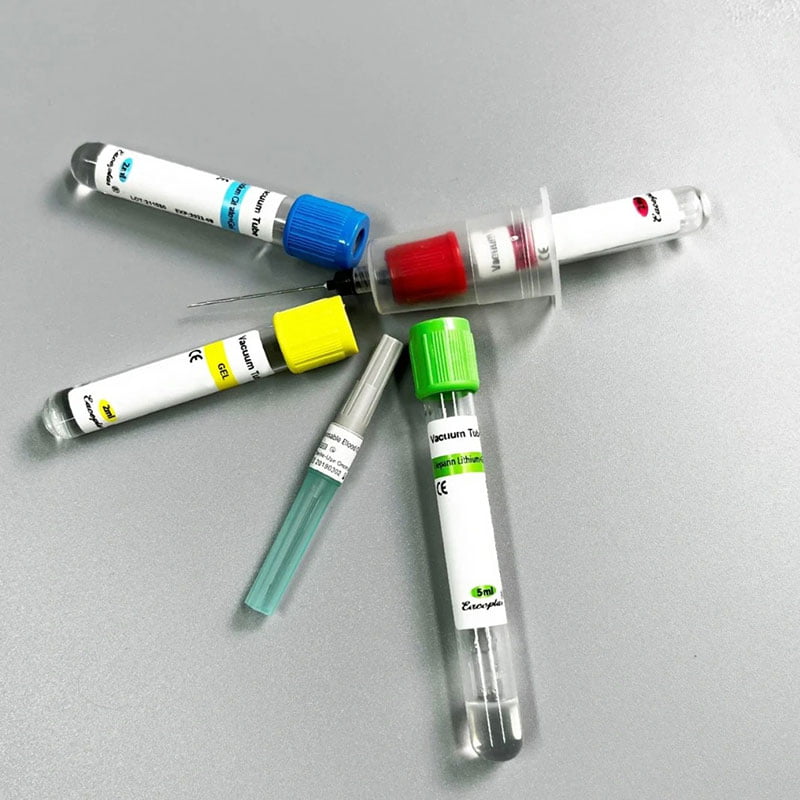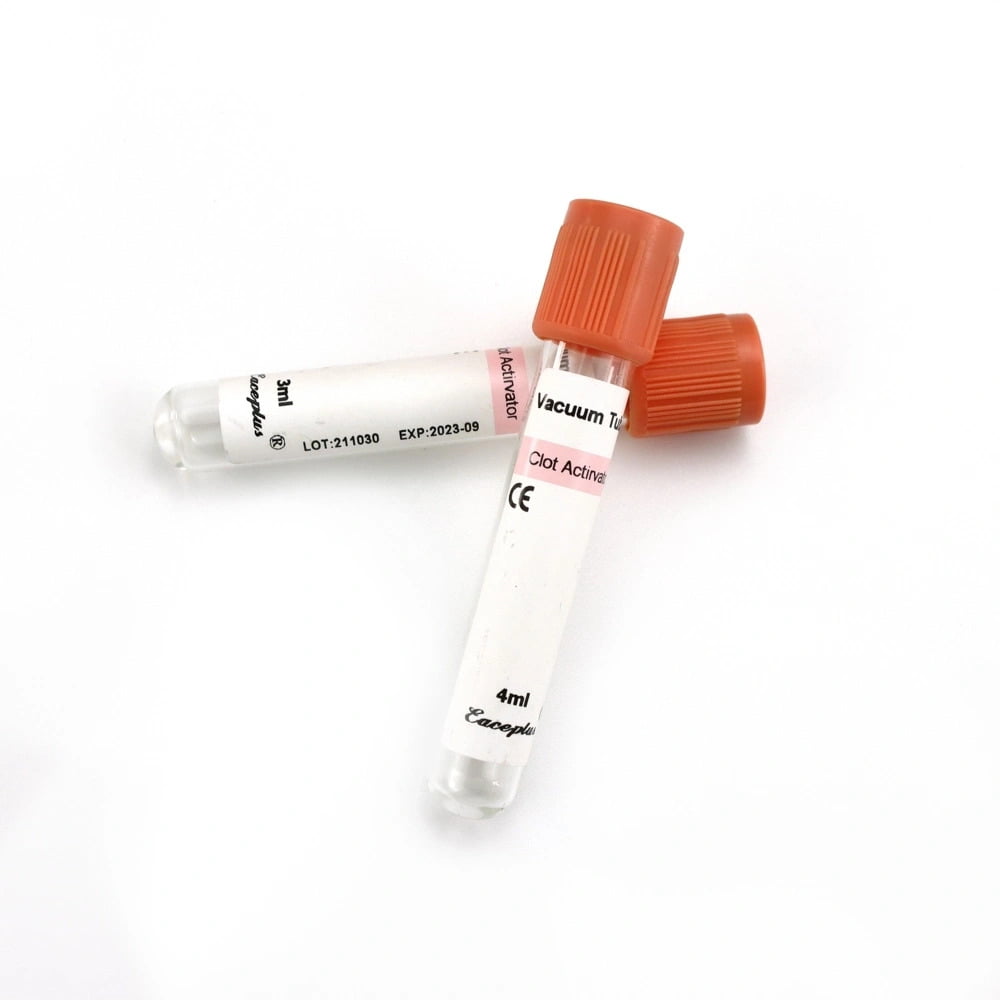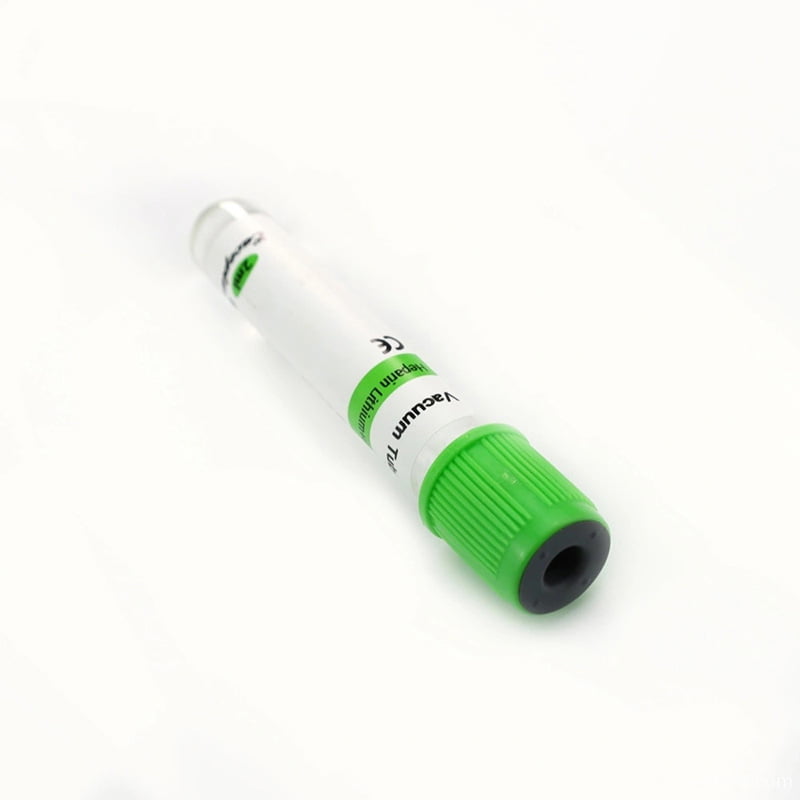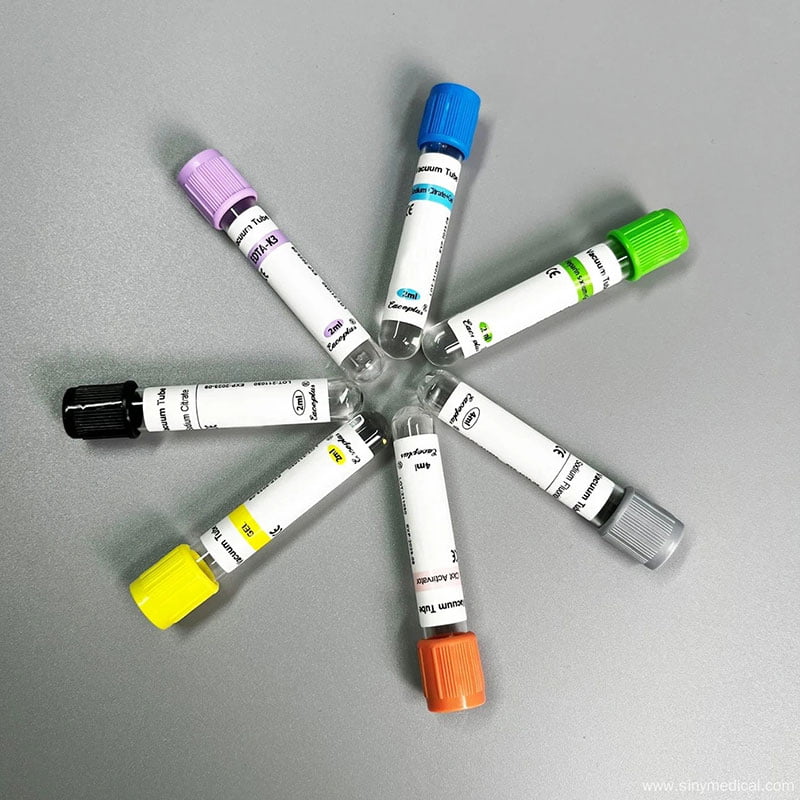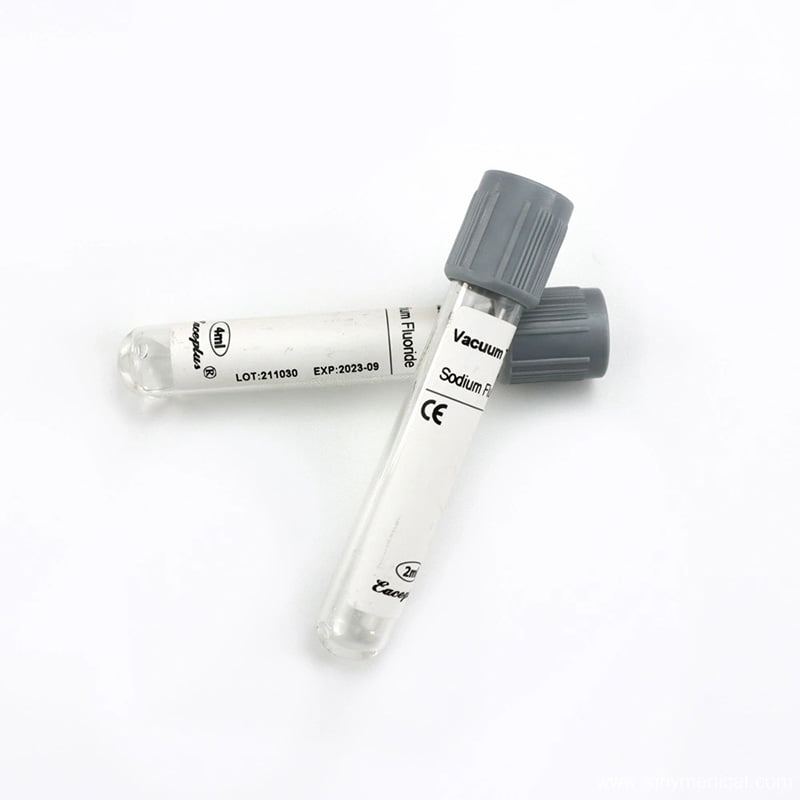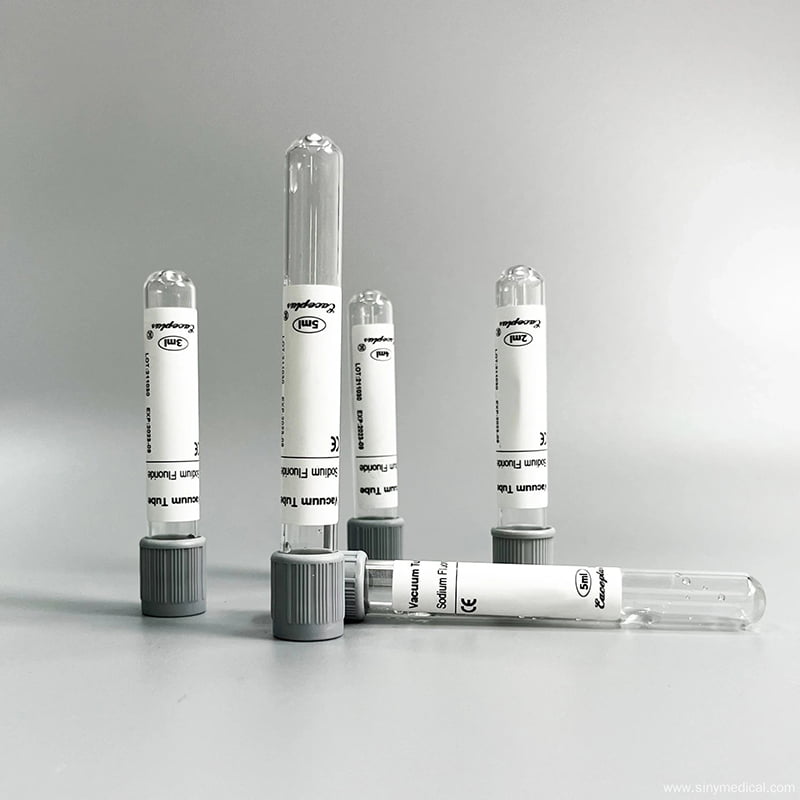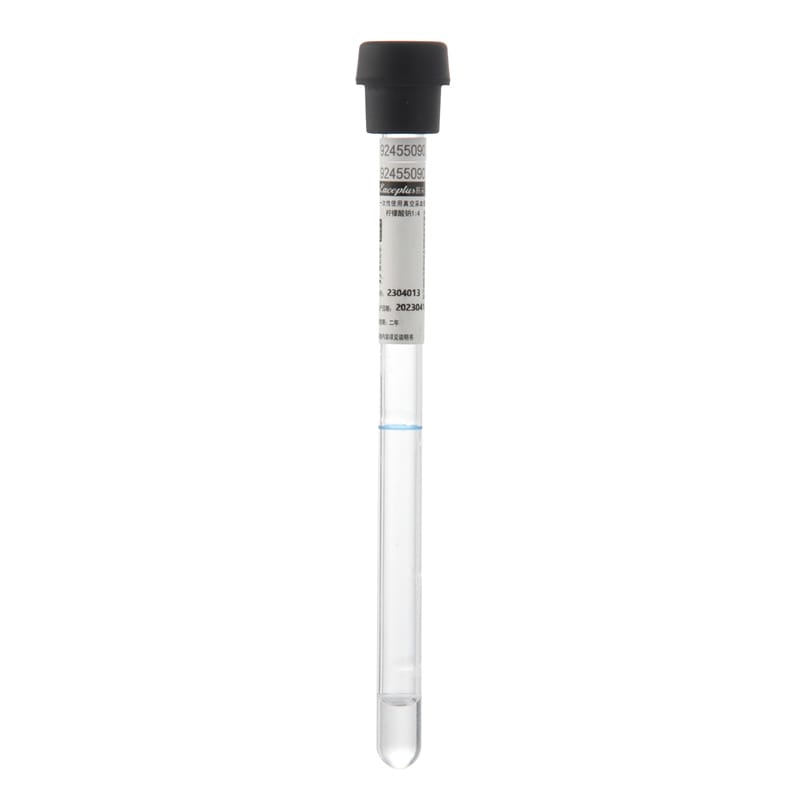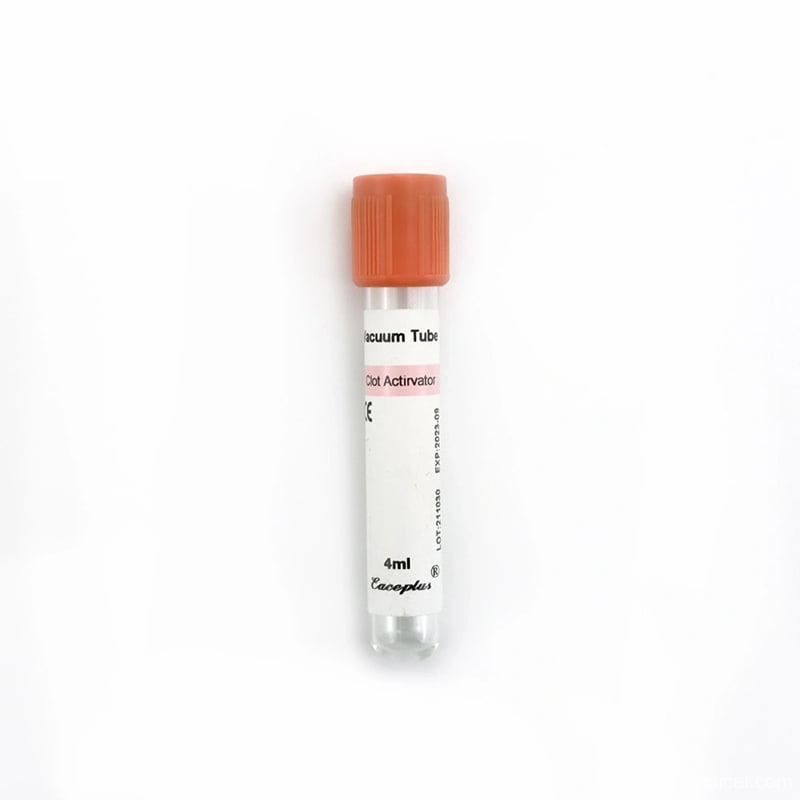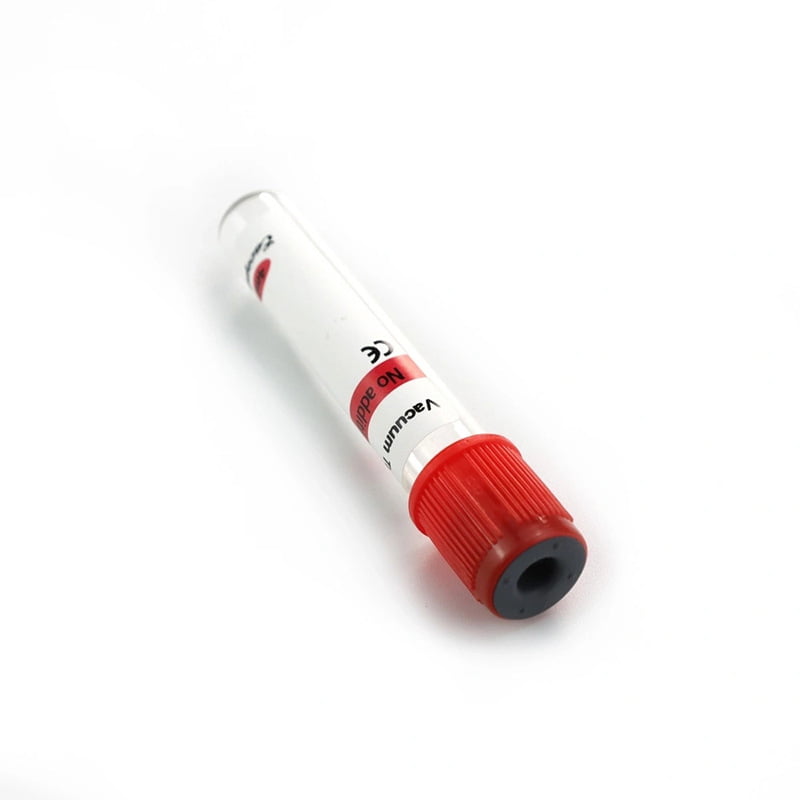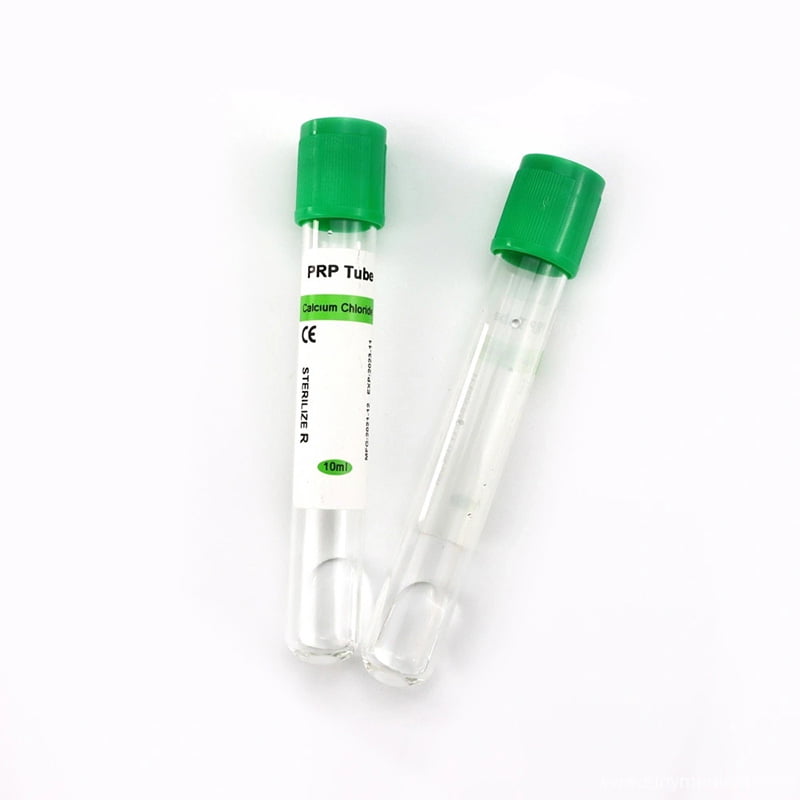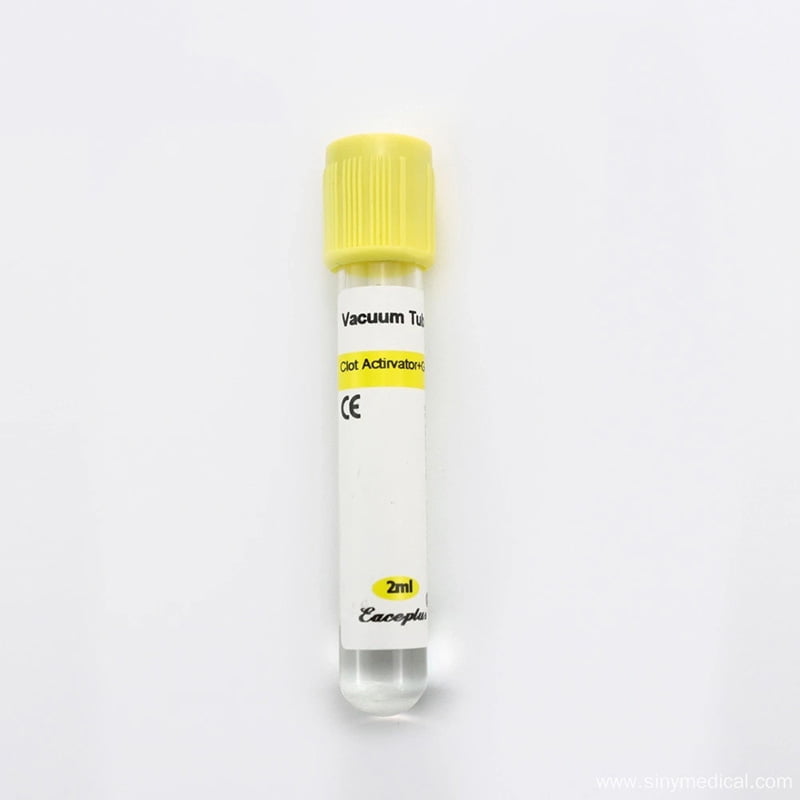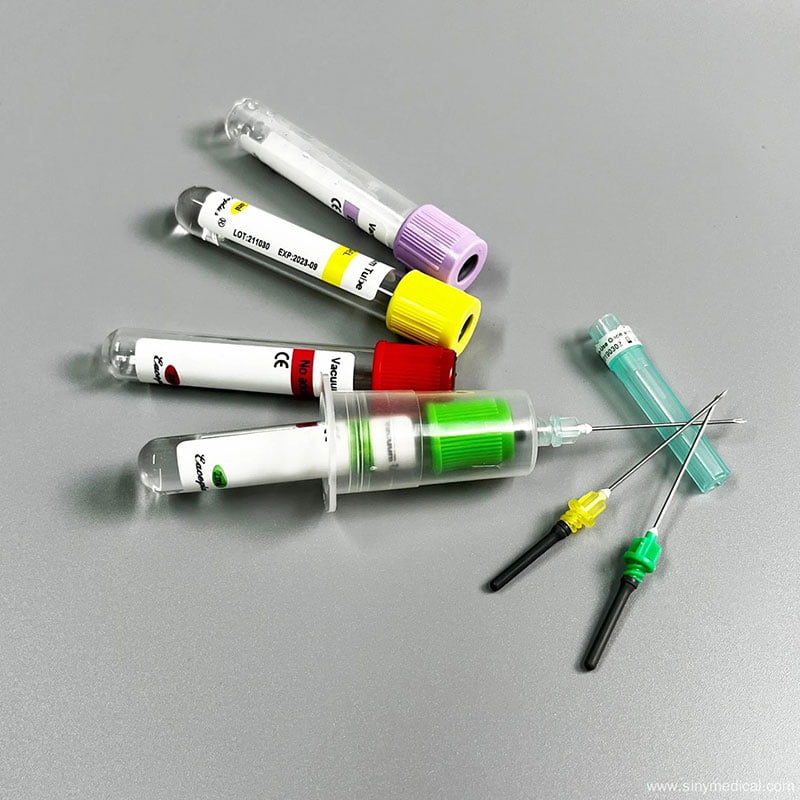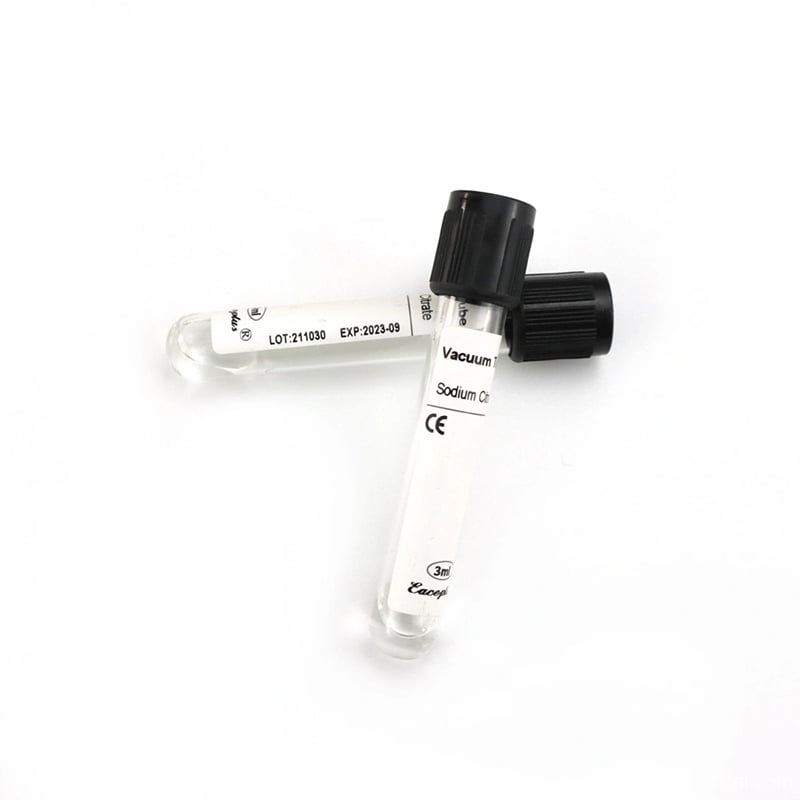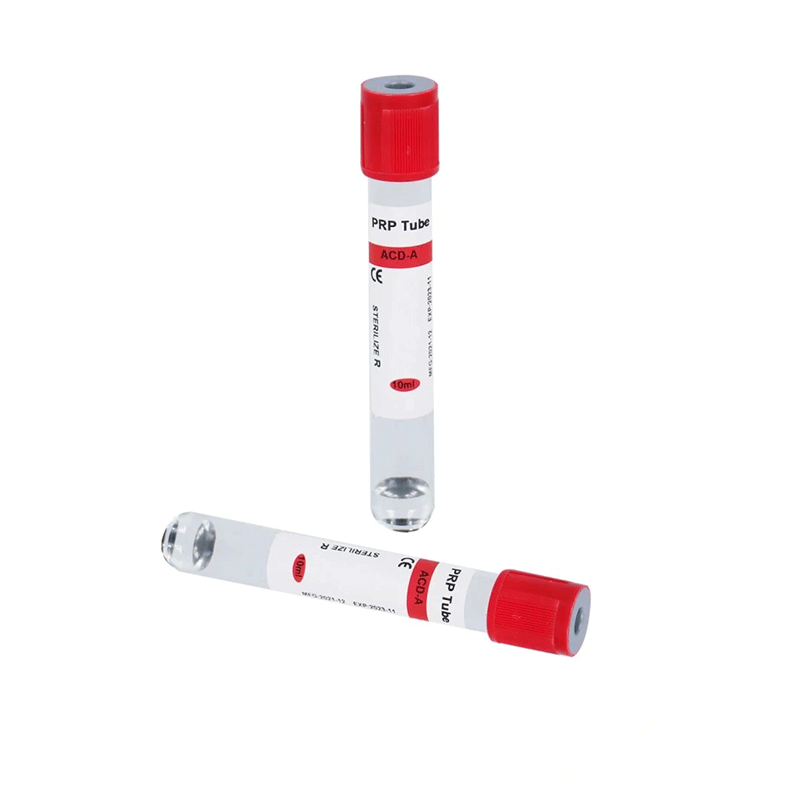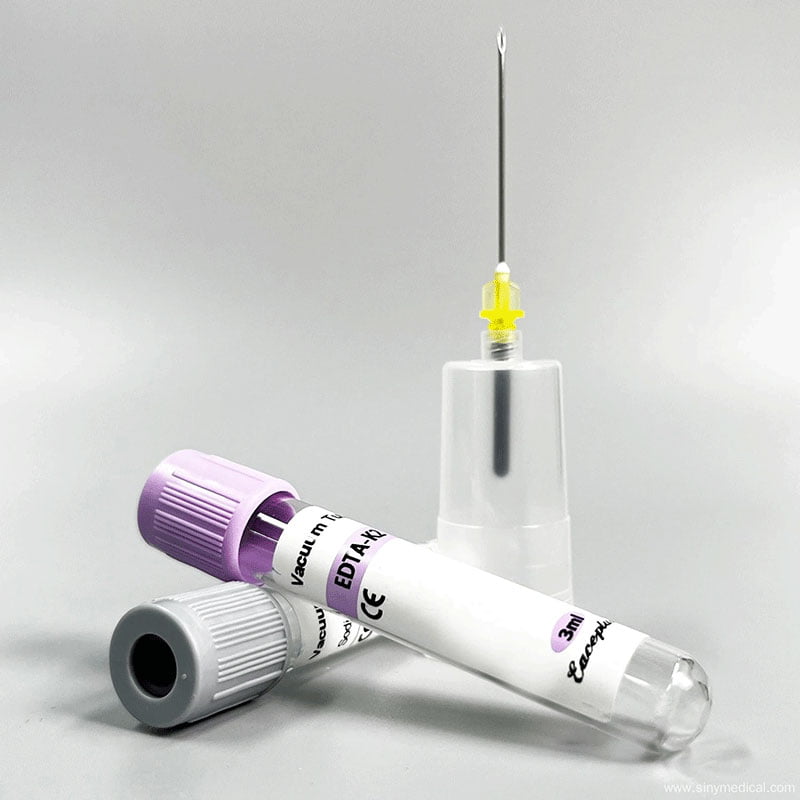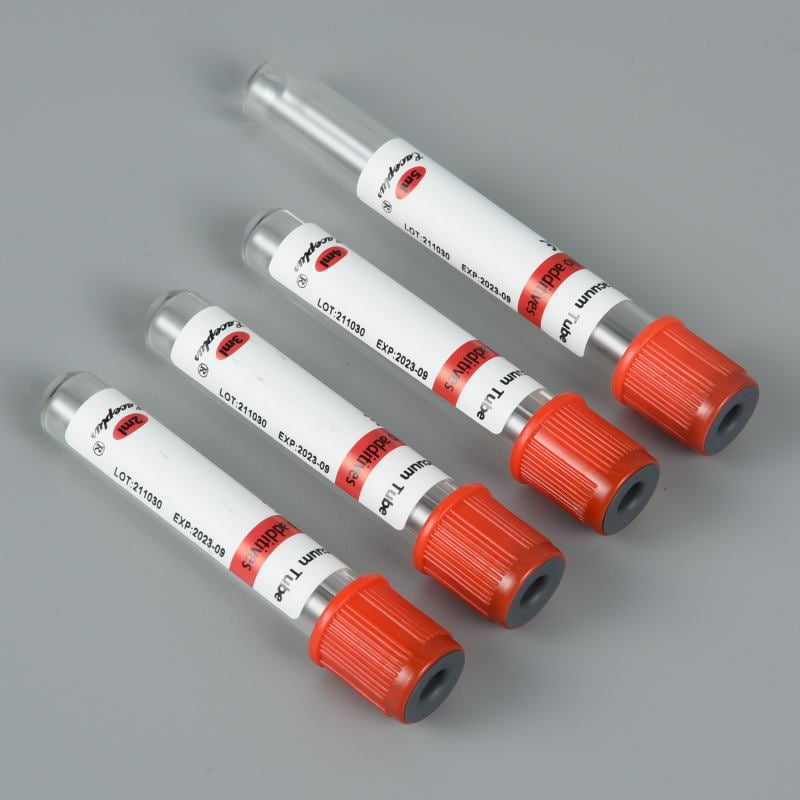Blood lancets are essential tools for blood sampling, especially for glucose monitoring and other diagnostic purposes. However, improper disposal of used blood lancets can pose significant health and environmental risks. This comprehensive guide will walk you through the safe disposal of blood lancets, ensuring you protect yourself, others, and the environment.
Table of Contents
What Are Blood Lancets and Why Is Safe Disposal Important?
Blood lancets are small, sharp devices designed to prick the skin for blood collection. They are commonly used by individuals with diabetes to monitor blood sugar levels. While they are incredibly useful, used blood lancets are classified as biohazardous waste because they can carry bloodborne pathogens like hepatitis B, hepatitis C, and HIV.
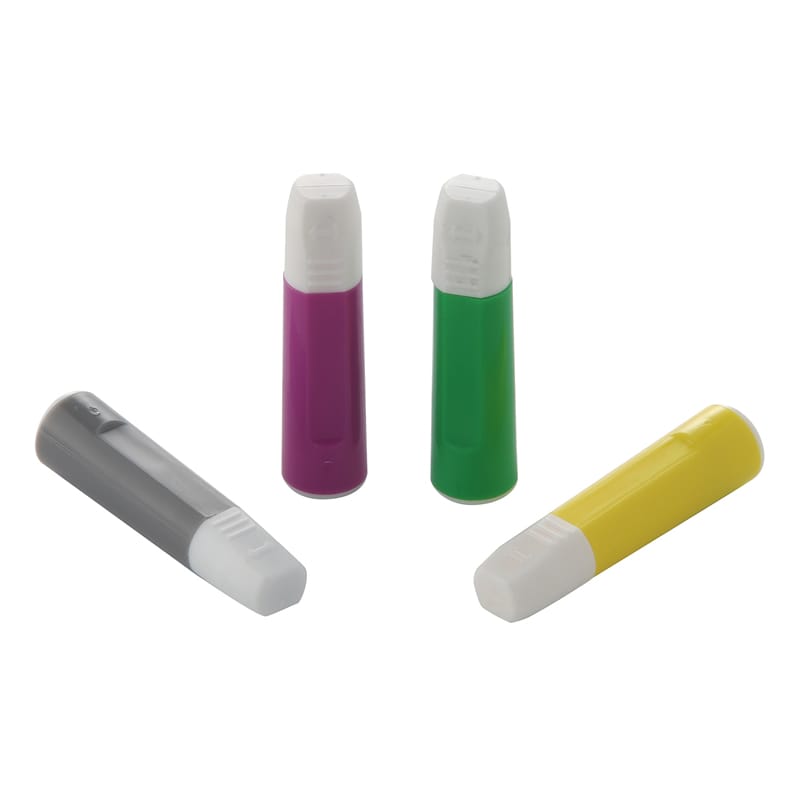
Improper disposal can lead to:
- Needlestick injuries for waste handlers or family members.
- Environmental contamination if lancets end up in landfills or water systems.
- Legal consequences for non-compliance with medical waste disposal regulations.
For more information on what blood lancets are and how they work, visit What’s a Blood Lancet?.
Why Safe Disposal of Blood Lancets Matters
Improper disposal of lancets isn’t just careless—it’s dangerous. Here’s why it’s such a big deal:
1. Risk of Needle-stick Injuries
Healthcare workers, sanitation staff, or even family members may accidentally get pricked by used lancets if they’re thrown into regular trash. This can cause serious injuries and lead to transmission of infections.
2. Spread of Infectious Diseases
Lancets may carry bloodborne pathogens. According to WHO, unsafe sharp disposal contributes to 1.7 million cases of Hepatitis B and 16,000 cases of HIV annually.
3. Environmental Pollution
Lancets disposed of in landfills or open trash can contaminate soil and water. Burning them in open air releases toxic fumes, worsening pollution.
4. Legal & Safety Regulations
In many countries, improper disposal of sharps like lancets can lead to fines or penalties, especially for healthcare facilities.
So, when we talk about disposing of blood lancets safely, it’s not just a matter of hygiene—it’s a matter of public health, environmental responsibility, and personal safety.
Safe Disposal of Used Blood Lancets
Use a Sharps Container
The first step in safe disposal is to use a FDA-approved sharps container. These containers are puncture-resistant, leak-proof, and designed specifically for disposing of sharp medical waste like blood lancets.
Key features of a sharps container:
- Durable material to prevent accidental punctures.
- Secure lid to prevent spills or exposure.
- Clearly labeled as biohazardous waste.
If you don’t have a sharps container, you can use a heavy-duty plastic bottle with a screw-top lid, such as a laundry detergent bottle, as a temporary solution. However, this should only be used in emergencies and must be labeled appropriately.
For high-quality blood lancets and sharps containers, explore Siny Medical’s Blood Lancet Products.
Do Not Recap or Bend Lancets
Recapping or bending used blood lancets increases the risk of accidental needlestick injuries. Always dispose of lancets directly into the sharps container without handling them further.
Fill the Sharps Container Properly
Follow these guidelines when using a sharps container:
- Do not overfill the container. Most containers have a fill line to indicate the maximum safe capacity.
- Seal the container securely once it’s full.
- Label the container with your name and contact information if required by local regulations.
Dispose of the Sharps Container Correctly
Once the sharps container is full, it’s time to dispose of it. Here’s how:
- Check local regulations for medical waste disposal. Many areas have specific guidelines or drop-off locations.
- Use a mail-back program if available. These programs allow you to mail your sharps container to a disposal facility.
- Visit a collection site such as a hospital, pharmacy, or hazardous waste facility.
For more details on safe disposal methods, visit How to Use a Blood Lancet Safely and Effectively.
Environmental Impact of Improper Disposal
Improper disposal of blood lancets can have severe environmental consequences. When lancets end up in landfills, they can leach harmful chemicals and pathogens into the soil and water. Additionally, wildlife can be injured by discarded sharps.
By following proper disposal methods, you can:
- Reduce pollution and protect natural resources.
- Prevent harm to animals and ecosystems.
- Promote sustainability in healthcare practices.
For eco-friendly blood lancet options, check out Siny Medical’s Disposable Safety Blood Lancets.
Finding Quality Blood Lancets and Disposal Supplies
For purchasing quality blood lancets and appropriate disposal containers, reputable suppliers such as Siny Medical offer a wide range of safe and disposable blood lancets, including various gauges and safety types:
- 21G Disposable Safety Blood Lancet
- 23G Blood Collection Lancet Needle
- 26G Safety Blood Lancet for Blood Sugar
- 28G and 30G Safety Type Blood Glucose Lancets
They also provide guidance on lancet use and safety (Siny Medical Blog Guides).
Summary
Proper disposal of used blood lancets is crucial for protecting public health and the environment. By using a sharps container, following local regulations, and exploring alternative disposal methods, you can ensure safe and responsible waste management.
For high-quality blood lancets and disposal solutions, visit Siny Medical. Explore their range of products, including the Disposable Safety 21G Blood Lancet and the 26G Safety Blood Lancet for Blood Sugar.
For more tips and resources, subscribe to Siny Medical’s YouTube Channel or visit their Made-in-China profile.
FAQs
1. Can I reuse a blood lancet?
No. Lancets are single-use only. Reusing them increases risk of infection and causes unnecessary pain.
2. Can I throw a used lancet in my household trash?
Absolutely not. This is unsafe for both sanitation workers and the environment.
3. What do I do if I don’t have a sharps container?
Use a heavy-duty plastic bottle (like detergent or soda bottles), make sure it’s puncture-proof, and label it clearly.
4. How do diabetics dispose of lancets safely at home?
Most diabetics keep a small sharps container in their kit and drop it off at a pharmacy or hospital when full.
5. Are there eco-friendly lancet options available?
Yes, companies like Siny Medical manufacture safety-engineered lancets that reduce handling risks and environmental harm.

